43 disklabel type: dos
A beginner's guide to disks and disk partitions in Linux As in Figure 4, the Disklabel type: dos line confirms what partitioning scheme is in use. In this case, it is MBR. Figure 5: This output of fdisk -l shows MBR in use You can also tell whether GPT or MBR is in use by accessing the UEFI setup utility. Under the Boot menu, look for PCI ROM Priority. Linux fdisk command and examples - Computer Hope It understands DOS -type partition tables and BSD -type or SUN -type disklabels. fdisk does not understand GPTs (GUID partition tables) and it is not designed for large partitions. In these cases, use the more advanced GNU parted. fdisk does not use DOS-compatible mode and cylinders as display units by default.
Tutorial - Create and use disks for scale sets with Azure CLI - Azure ... For example, if the disk size is less than 128 GB, the disk type is P10. If the disk size is between 129 GB and 512 GB, the size is a P20. Over, 512 GB, the size is a P30. Premium disk performance While the above table identifies max IOPS per disk, a higher level of performance can be achieved by striping multiple data disks.

Disklabel type: dos
How to Extend Logical and Extended Partitions With fdisk To list the partition table of a device, we use the fdisk command with the -l option and the device name. However, if we don't specify any device, it will print partition tables of all the devices in the /proc/partitions file. In addition, the partition consists of the device name and partition number. For example, /dev/sda1 is the first ... linux - "fdisk -l" output: what are Disk label type" and "Disk ... The disk label type is the type of Master Boot Record. See . The disk identifier is a randomly generated number stuck onto the MBR. Dual-boot WIndows 10 (GPT) and Ubuntu 18.04 (DOS): Is that a problem? I have a SSD with Windows 10 and a disklabel type gpt and a HDD with Ubuntu 18 and a disklabel type DOS. I have read that having 2 disks with 2 different OS, and one disk is formatted to gpt and the other to dos can cause problems. I have a Acer Aspire machine, so I only have UEFI settings (there is no option to select legacy boot manager).
Disklabel type: dos. How to Use mkfs Command in Linux [For Disk Formatting] The letters in mkfs stand for "make file system". The command is commonly used for managing storage devices in Linux. You can think of mkfs as a command line tool for formatting a disk into a specific filesystem. mkfs -t [fs type] [target device] You can also use the mkfs command in the following fashion. mkfs. [fs type] [target device] How do I check and change the partition table? - Ask Ubuntu Select the disk of which you want to change the partition, then select Device > Create Partition Table from the menu. If you get a warning that the device contains active partitions, unmount these. Note that you cannot unmount partitions of your currently running operating system. You will then see the window below, where you can choose the ... Fdisk Command in Linux (Create Disk Partitions) | Linuxize Created a new GPT disklabel (GUID: 4649EE36-3013-214E-961C-51A9187A7503). The next step is to create the new partitions. We will create two partitions. The first one with a size of 100 GiB and the second one will take the rest of the disk space. Run the n command to create a new partition: n You'll be prompted to enter the partition number. Preparing the disks - Gentoo Wiki Type o to create a new MBR disklabel (here also named DOS disklabel) on the disk; this will remove all existing partitions. Command (m for help): o Created a new DOS disklabel with disk identifier 0xe04e67c4.
Use of disklabel, MBR and GPT - UnitedBSD Thinking about MBR, it actually provides the same information, but in a way the other OSs can understand: the full size of the disk, the size and location of the usable portion(s) of the disk and their structure (all the primary partitions whose type is DOS-compatible). Disklabel and MBR are then just two alternative ways to represent the same ... Converting to or from GPT - rodsbooks.com In the MBR scheme, several disklabel type codes exist, such as 0xA5 for FreeBSD and 0xA9 for NetBSD. Because I know of only one GPT disklabel code (for FreeBSD), GPT fdisk converts the type code of all known MBR disklabel partitions to the GPT code for FreeBSD disklabels. FreeBSD, at least, can read such a partition just fine. sfdisk(8) - Linux manual page - Michael Kerrisk sfdisk is a script-oriented tool for partitioning any block device. It runs in interactive mode if executed on a terminal (stdin refers to a terminal). Since version 2.26 sfdisk supports MBR (DOS), GPT, SUN and SGI disk labels, but no longer provides any functionality for CHS (Cylinder-Head-Sector) addressing. How to list, create, delete partitions on MBR and GPT disks - RHCSA ... To list partitions, we can use fdisk.We'll do so to see our setup on start. # fdisk -l Disk /dev/sda: 15 GiB, 16106127360 bytes, 31457280 sectors Units: sectors of 1 * 512 = 512 bytes Sector size (logical/physical): 512 bytes / 512 bytes I/O size (minimum/optimal): 512 bytes / 512 bytes Disklabel type: dos Disk identifier: 0x906d1ee8 Device Boot Start End Sectors Size Id Type /dev/sda1 ...
Linux mount command to access filesystems, iso image, usb, network ... Now that you can list USB devices and check USB ports, to mount USB drive with NTFS file system type using Linux mount command we need ntfs-3g driver in Linux. If you attempt to mount USB drive without ntfs-3g driver then mount will fail. # mount -t ntfs-3g /dev/sdc1 /mnt mount: /mnt: unknown filesystem type 'ntfs'. partition - Changing label type in Arch Linux cfdisk - Unix & Linux ... Run fdisk -l You should get all of your storage devices. Find the one you want to partition. It should be something like /dev/nvme0n1 or /dev/sda but your knowledge may vary. Once you find it run fdisk . E.x. /fdsik /dev/sda You should now see something like this Welcome to fdisk (util-linux 2.35.2). Linux: Mount Disk Partition Using LABEL - nixCraft H ow do I mount the filesystem (disk partition) using the filesystem label on the ext3/ext4 file system located on USB disk or hard disk under Linux operating systems? The e2label command will display or set the filesystem label. The mount command has the option to mount partition that has the specified label. To see your current label type the following command: How To Create LVM Logical Volumes on Linux | ComputingForGeeks Disk /dev/sdb: 14.9 GiB, 15938355200 bytes, 31129600 sectors Units: sectors of 1 * 512 = 512 bytes Sector size (logical/physical): 512 bytes / 512 bytes I/O size (minimum/optimal): 512 bytes / 512 bytes Disklabel type: dos Disk identifier: 0x2a4e70c2 Device Boot Start End Sectors Size Id Type /dev/sdb1 2048 14682111 14680064 7G 8e Linux LVM ...
1190726 - Fdisk created a new DOS disklabel in the wrong partition. Device does not contain a recognized partition table. The size of this disk is 5.5 TiB (6001174060544 bytes). DOS partition table format can not be used on drives for volumes larger than 2199023255040 bytes for 512-byte sectors. Use GUID partition table format (GPT). Created a new DOS disklabel with disk identifier 0x7c9f38a4. ******<*********!!!
disklabel(8) - OpenBSD manual pages The disklabel utility can be used to install, examine, or modify the label on a disk drive or pack. The disk label contains information about disk characteristics (size, type, etc.) and the partition layout, stored on the disk itself. It is used by the operating system to optimize disk I/O and locate the filesystems resident on the disk.
How to Change Linux Partition Label Names on EXT4 / EXT3 / EXT2 and Swap 1. e2label or tune2fs The commands e2label or tune2fs used for changing label of ext2, ext3 and ext4 type partitions. # e2label /dev/sda1 ROOT OR # tune2fs -L ROOT_PART /dev/sda1 Here, ROOT and ROOT_PART are the labels to be added to /dev/sda1 which is ext4 formatted partition. 2. ntfslabel
Saving disk data after changing the disk label type from DOS to GPT ... But, as Debian comes with a somewhat automatic graphical installer, it have set my disk label type to DOS. But Arch in UEFI mode needs a disk label type of GPT. So, from arch installer I ran fdisk /dev/sda1 and g for creating a new GPT partition table with the hope that it will automagically convert the partition table and keep my partitions as is.
How to Rename or Label a Disk Drive - Computer Hope In the Properties window, on the General tab, type a new name in the Label box (A), click Apply (B), and then click OK (C). Windows 3.x, MS-DOS, and Windows command line. To change the name of a disk drive from an MS-DOS prompt, use the label command. Type the word label. Type the drive letter you want to rename. Type the new name for the drive.
fdisk(8) - Linux manual page - Michael Kerrisk In a DOS-type partition table the starting offset and the size of each partition is stored in two ways: as an absolute number of sectors (given in 32 bits), and as a Cylinders/Heads/Sectors triple (given in 10+8+6 bits). The former is OK — with 512-byte sectors this will work up to 2 TB. The latter has two problems.
Managing partitions in Linux with fdisk | Enable Sysadmin Everything that we do is tied to a storage device in some way. Ensuring that our projects, backups, customer, and user data are all appropriately segmented and stored is absolutely essential. ... 512 bytes / 512 bytes Disklabel type: dos Disk identifier: 0x184931d5 Device Boot Start End Sectors Size Id Type /dev/sda1 * 2048 2099199 2097152 1G ...
fdisk: manipulate disk partition table - Linux Man Pages (8) Don't erase the begin of the first disk sector when create a new disk label. This feature is supported for GPT and MBR. -c, --compatibility [= mode] Specify the compatibility mode, 'dos' or 'nondos'. The default is non-DOS mode. For backward compatibility, it is possible to use the option without the mode argument -- then the default is used.
disklabel(8) - NetBSD Manual Pages When writing the label, it can be used to change the drive identification, the disk partitions on the drive, or to replace a damaged label. The -e, -i, -l, -N, -R, -W, and -w options determine the basic operation. If none are specified the label is displayed. -e Edit the existing label (using EDITOR) and write it back to the disk.
BSD disklabel - Wikipedia FreeBSD and other BSD operating systems can access both the BSD disklabel subdivided partition and the MS-DOS type Extended/Logical partitions. The contents of disklabels [ edit] BSD disklabels traditionally contain 8 entries for describing partitions. These are, by convention, labeled alphabetically, 'a' through to 'h'.
[Linux]fdiskコマンド結果のDisk label type : dos の意味 [Linux]fdiskコマンド結果のDisk label type : dos の意味 解決済 回答1 クリップ0 更新 2022/09/24 Linuxへ接続したHDDの確認で、不明なデバイスが検出される 解決済 回答2 クリップ0 更新 2022/05/02 CentOS7でexfatのポータブルHDDを読み込みたい exfat-utilsはインストール済 解決済 回答1 クリップ0 更新 2022/05/08 WSL 2のインストールでwsl --installを実行するとエラーが出てしまう 同じタグがついた質問を見る Linux
Dual-boot WIndows 10 (GPT) and Ubuntu 18.04 (DOS): Is that a problem? I have a SSD with Windows 10 and a disklabel type gpt and a HDD with Ubuntu 18 and a disklabel type DOS. I have read that having 2 disks with 2 different OS, and one disk is formatted to gpt and the other to dos can cause problems. I have a Acer Aspire machine, so I only have UEFI settings (there is no option to select legacy boot manager).
linux - "fdisk -l" output: what are Disk label type" and "Disk ... The disk label type is the type of Master Boot Record. See . The disk identifier is a randomly generated number stuck onto the MBR.
How to Extend Logical and Extended Partitions With fdisk To list the partition table of a device, we use the fdisk command with the -l option and the device name. However, if we don't specify any device, it will print partition tables of all the devices in the /proc/partitions file. In addition, the partition consists of the device name and partition number. For example, /dev/sda1 is the first ...


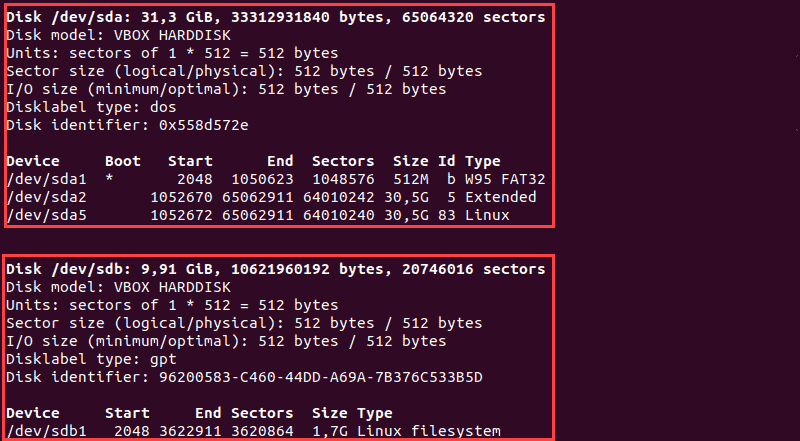
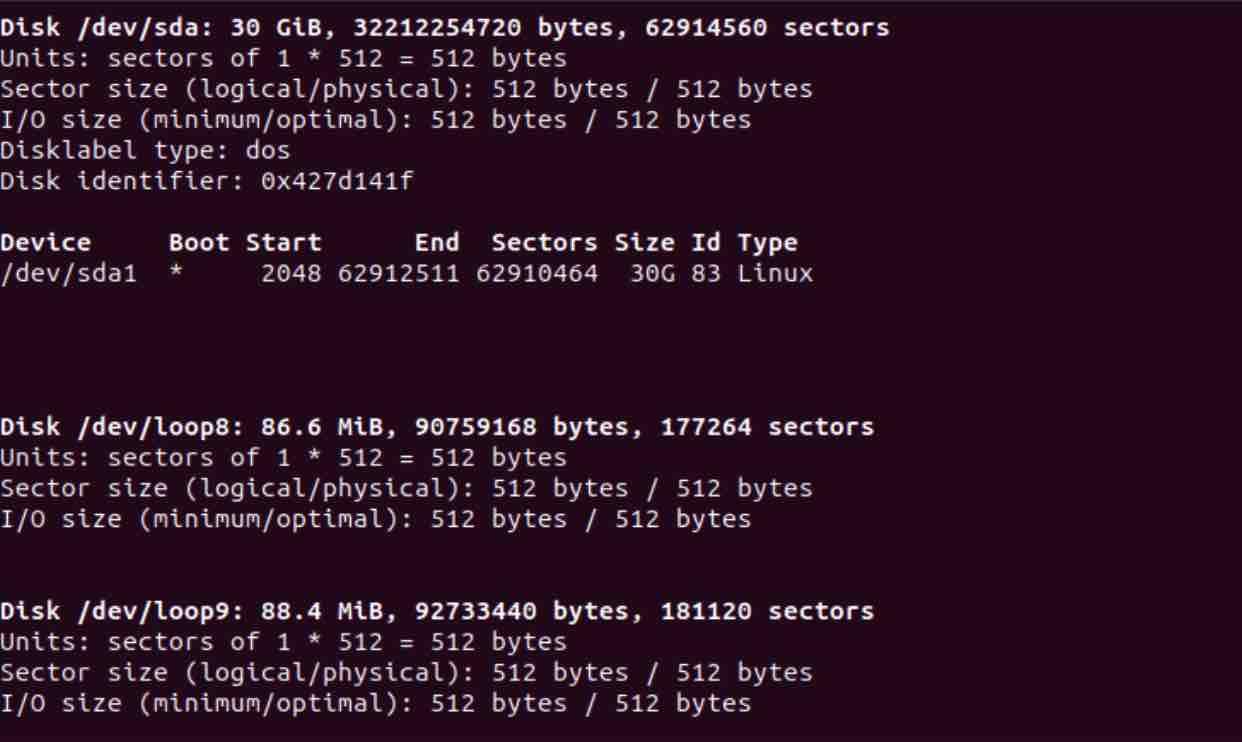




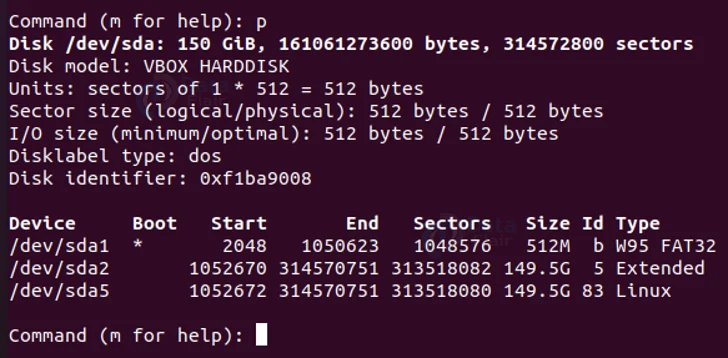
![CentOS 8] Disk 관리 | mount, umount](https://img1.daumcdn.net/thumb/R800x0/?scode=mtistory2&fname=https%3A%2F%2Fblog.kakaocdn.net%2Fdn%2FzHZiw%2FbtqFElj3MSa%2F3IbsLf7RXWd9ku8eD275e0%2Fimg.png)
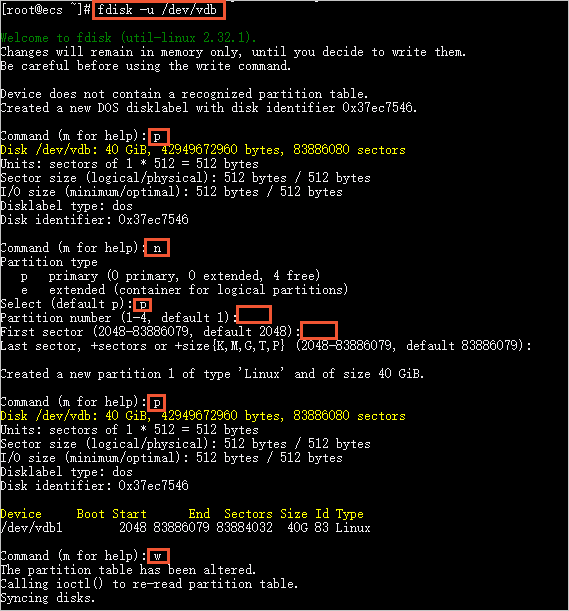
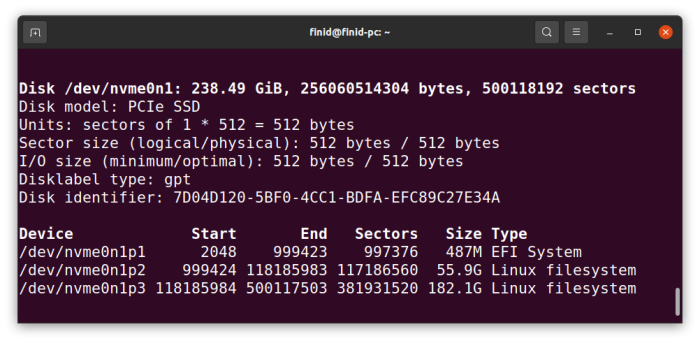
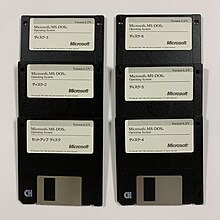

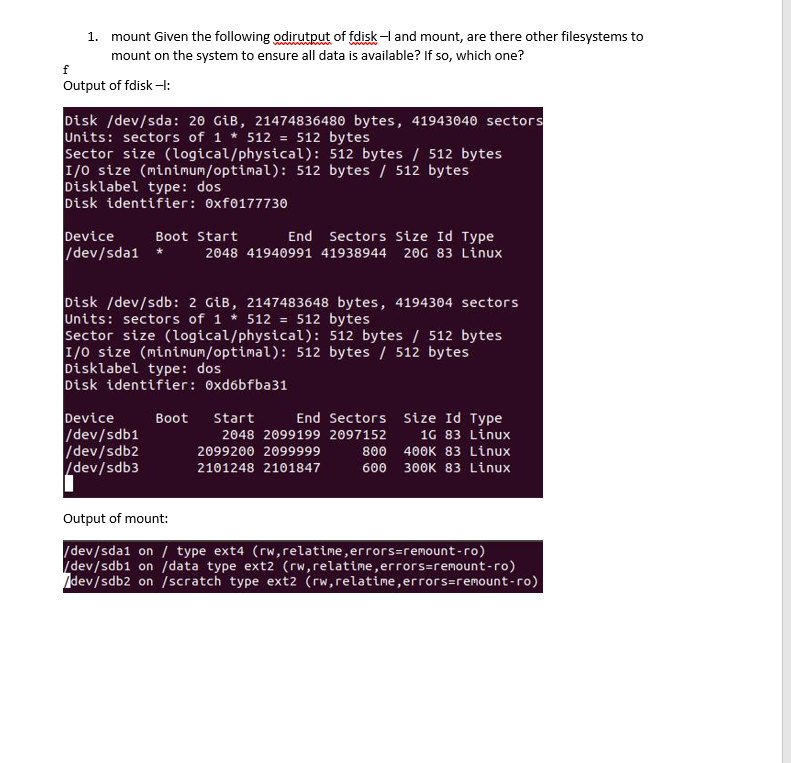






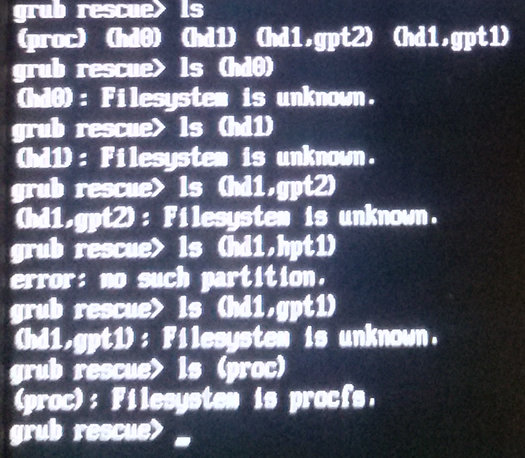
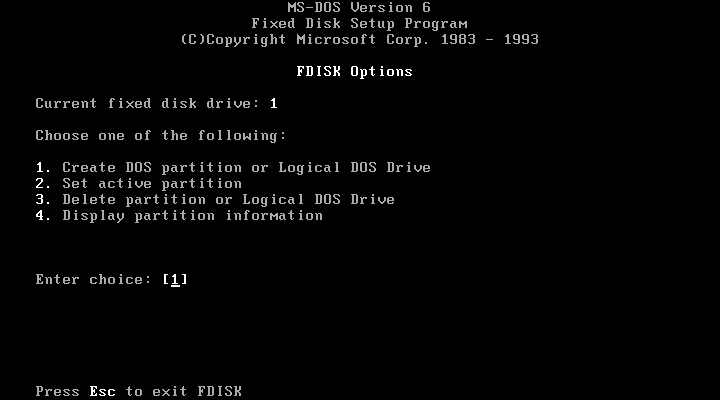
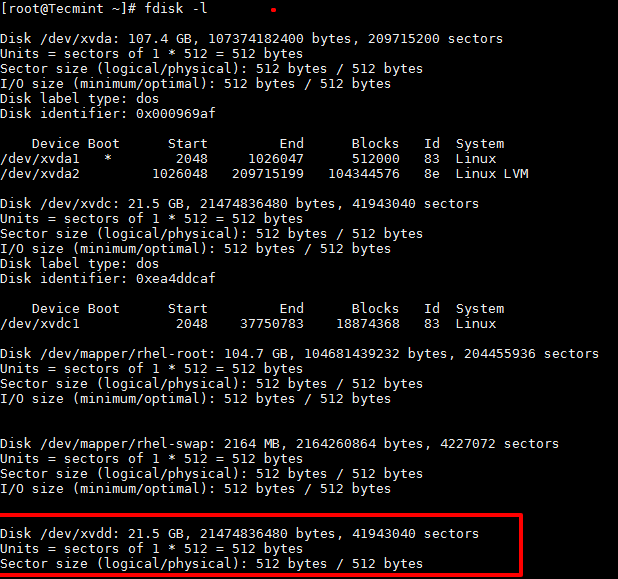
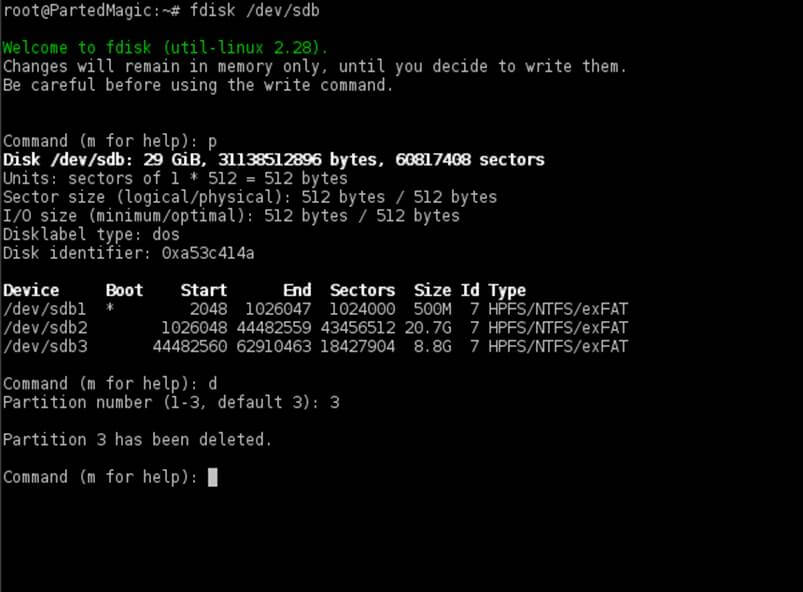



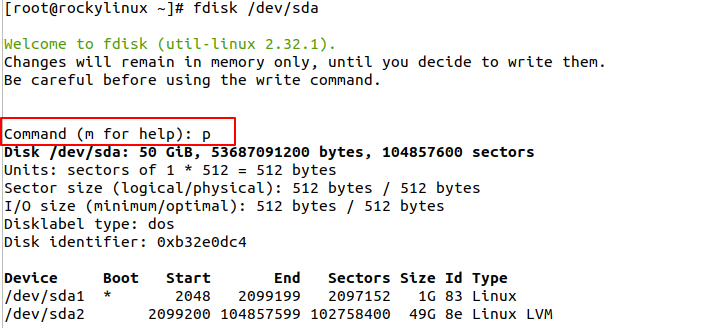
![Linux] 사용중인 Linux에 DISK 추가 (LVM) : 네이버 블로그](https://mblogthumb-phinf.pstatic.net/MjAyMDA1MTNfMjUz/MDAxNTg5MzM2MzE3MTIw.yCER5YQsFAfDetGBqnUYPGpCIgrqvAkpswyUPE4Mq40g.D6ZW6XPPpBeqRXmnWwpPalE4inR9C-_6DuLvfahTT54g.PNG.wgd4253/image.png?type=w800)
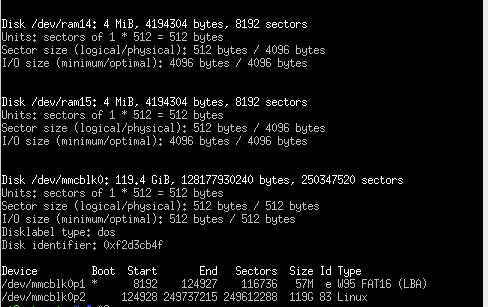


![How To Install Arch Linux Latest Version [Step by Step Guide]](https://www.itzgeek.com/wp-content/uploads/2018/04/Install-Arch-Linux-2018-Create-Boot-Partition-1.png)
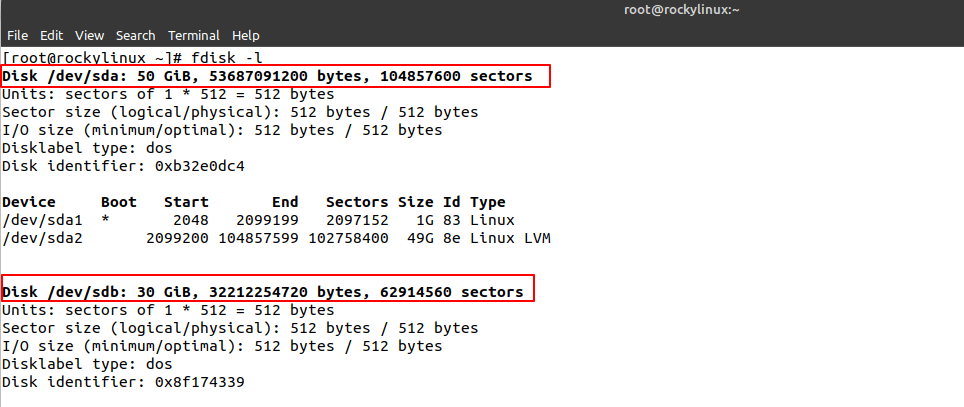
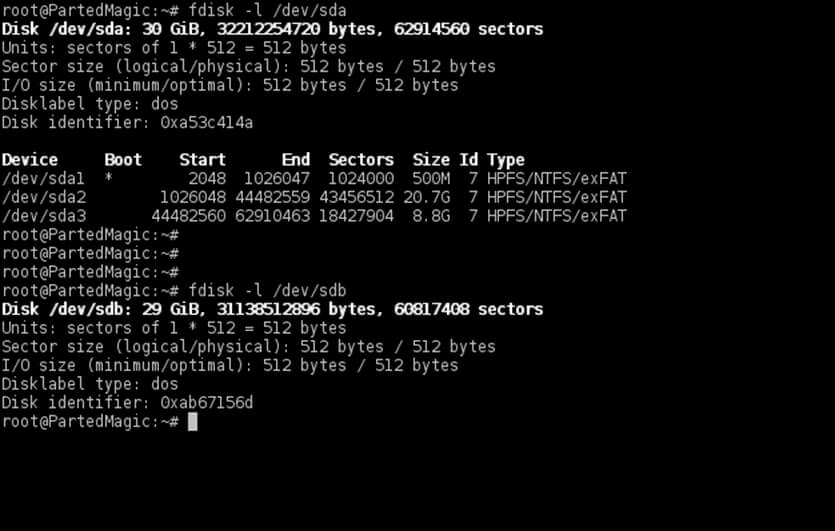




Post a Comment for "43 disklabel type: dos"